Spring has sprung!! Look around and you’ll see lots of happy and healthy plants enjoying the sunshine and putting on fresh new growth. We hope you feel the same way! Here are our top must-do’s in the garden this month – time to get planting!
Check out our March Garden Guide for more tips!
1. Fertilize Regularly Starting Now (except for lawns!)
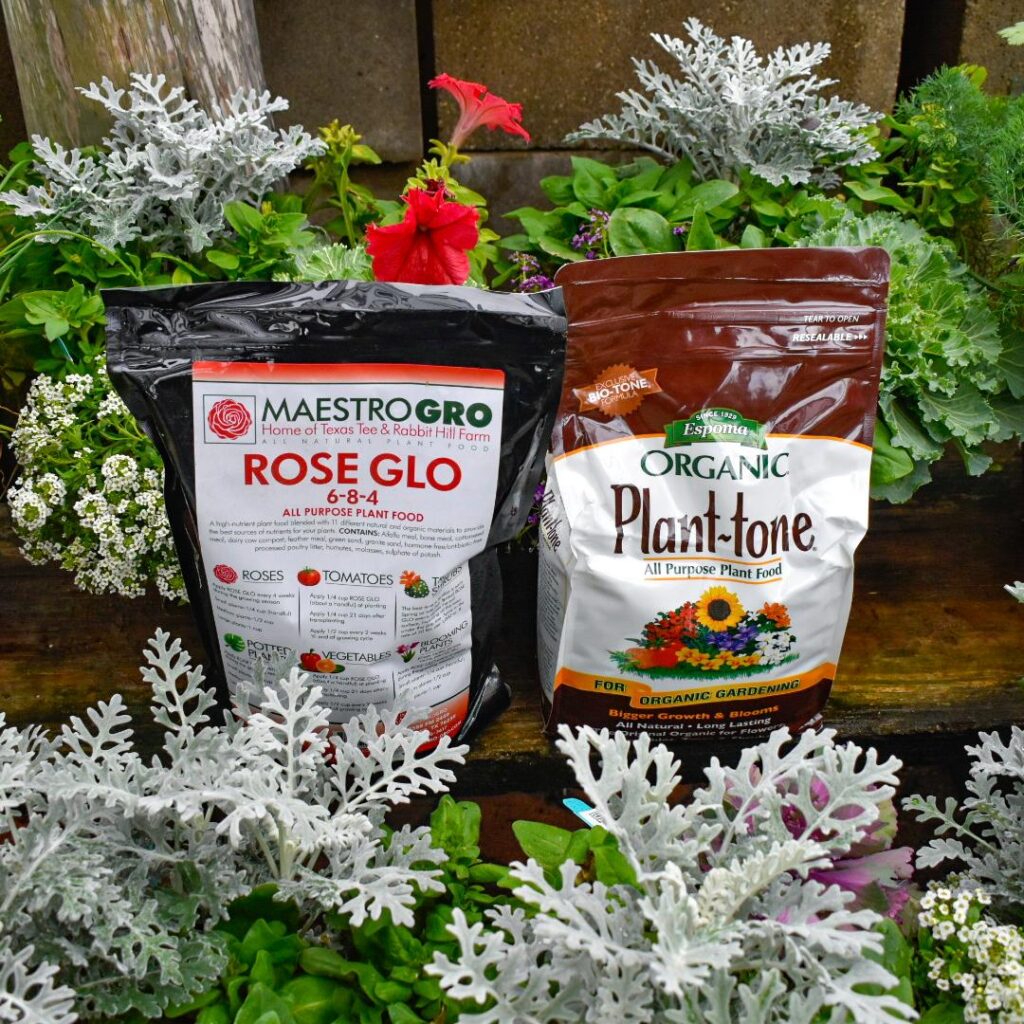
Spring’s here and plants are actively growing. That means they need food, just like us! Flowers and veggies are especially heavy feeders because they’re working to produce a bloom and fruit. And you will certainly notice a difference with your landscape plants as well. Apply a good all-purpose organic food like Plant Tone, Medina Growin Green, or Rose Glo once a month for great results. Don’t sprinkle your granular fertilizer right up against the trunk of the plant. Instead, sprinkle at the drip line, aka where rainwater would drip off the outermost leaves. That’s the zone where plants take up the most nutrients. After you’ve applied your granular food, circle back every 2 weeks to supplement with liquid Hasta Gro. Almost everything should be fed starting now, except lawns! Wait to fertilize lawns until late March/early April with Medina Growin Green.
Added bonus: When planting, add a little Bio Tone starter fertilizer to the soil when you backfill. It contains all sorts of beneficial organic matter, including mycorrhizal fungi which help stimulate better root growth. Amazing stuff!
2. Whatever You’re Planting – Add Compost!
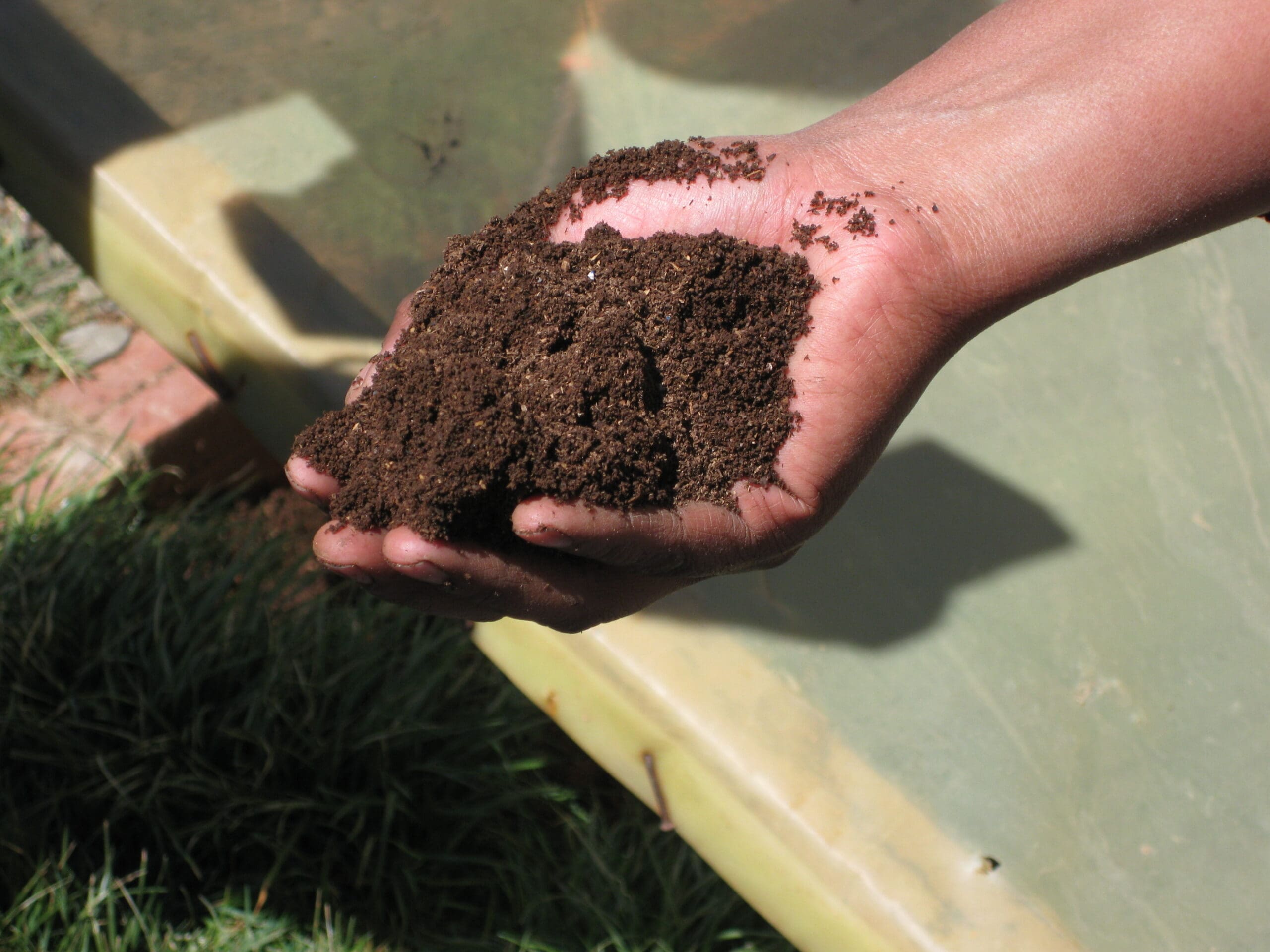
Whether you’re starting a veggie garden, planting trees or shrubs, annual flowers, or blooming perennials, add some compost to improve the quality of your native soil. We love our Nature’s Blend or Cotton Burr Compost. One bag improves about 12 sq ft of clay or sandy soil and gets it ready for planting. That’s a good approximate ratio if you make your own compost too. Adding compost not only improves the consistency of your soil, it adds LIFE! All those beneficial microorganisms help turn your soil into the perfect environment for plant roots.
3. Plant Level – Not Too Deep!
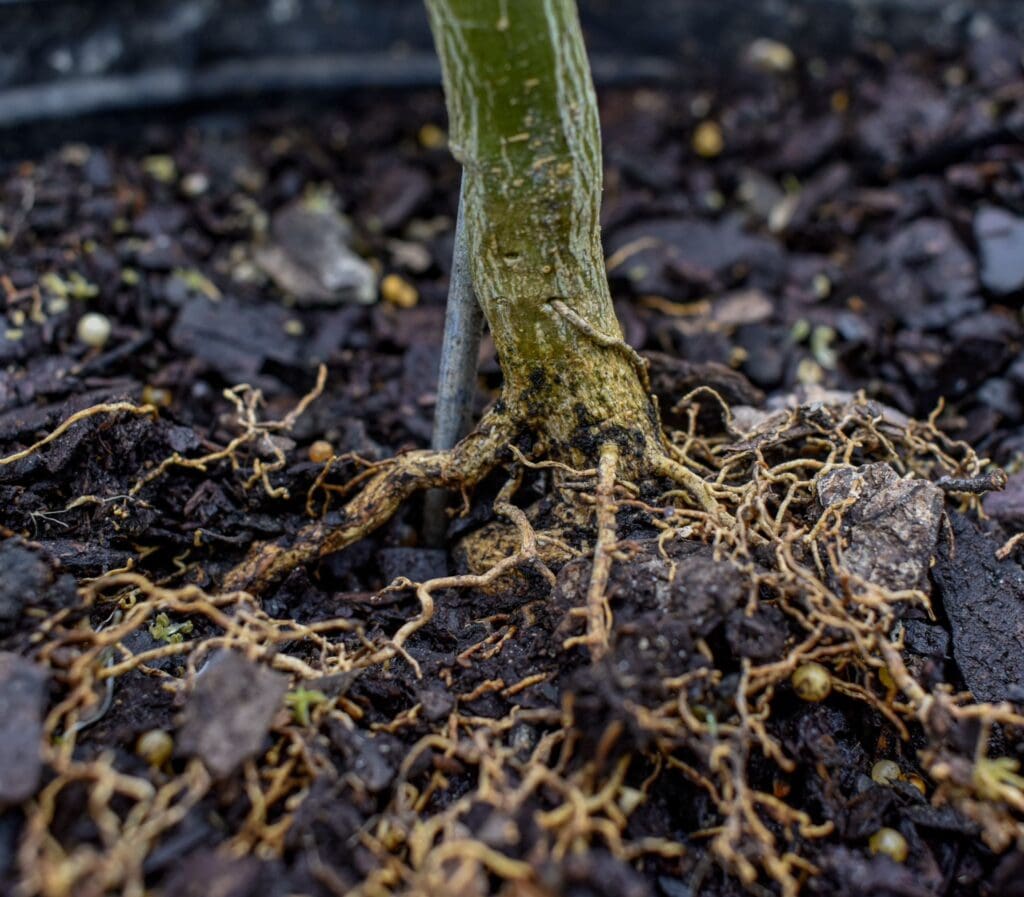
When planting this Spring, DON’T PLANT TOO DEEP! Plant level with the surrounding soil (or even slightly higher) and don’t cover the top of the root ball with soil. Most plants have tiny feeder roots on the surface of the root ball that are critical for taking up nutrients and for oxygen exchange. If you bury these surface feeder roots, the plant will suffocate and decline. After you plant, remember that plants need long, deep drinks of water. Watering often does not equal watering well. Use a moisture meter to be sure you’re getting moisture down into the ground when you water.
4. Invite Pollinator Friends to Your Garden
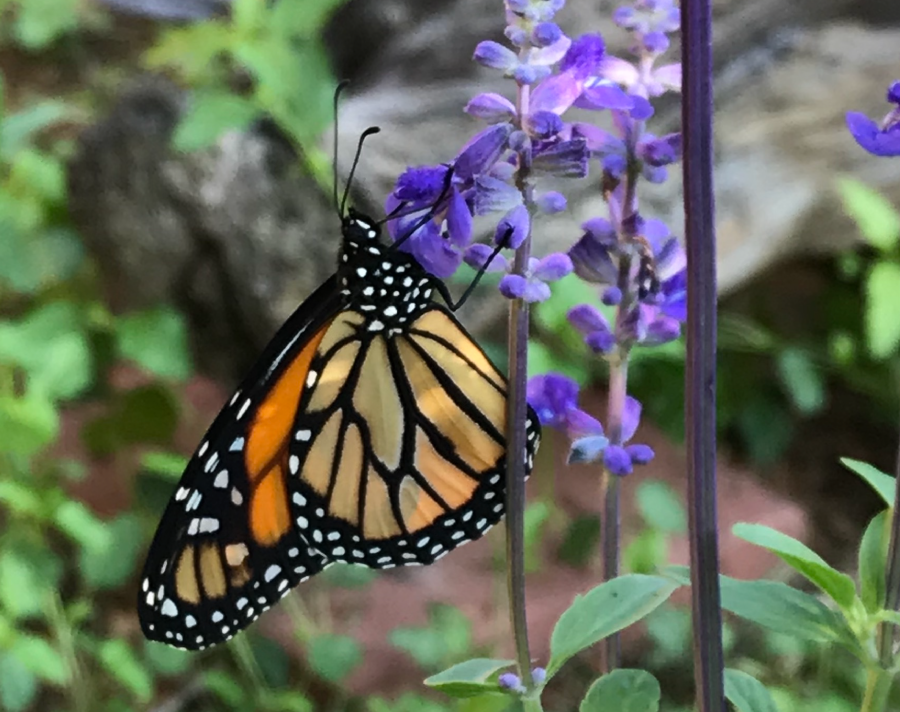
Now is a great time to incorporate plants into your garden that attract & feed the birds, bees, butterflies, moths, and other pollinators. They need your help finding food and shelter, and you need their help pollinating your blooming plants, increasing your veggie production, and eating bad bugs. Bees are drawn to most anything with a bloom but some fav’s are native Gregg’s Mist Flower, Esperanza, & Lantana. Butterflies love Salvias and Mexican Flame Vine too. Native plants like Turks Cap and Yaupon Holly produce berries for birds, and Hummingbirds love Duranta, Mexican Honeysuckle, & lots more! Keep in mind that pollinators need help locating these food sources. Think about planting several of the same plant together to help make them more visible to our pollinator friends.
5. Looking for Freeze-Tolerant Winter Warriors?
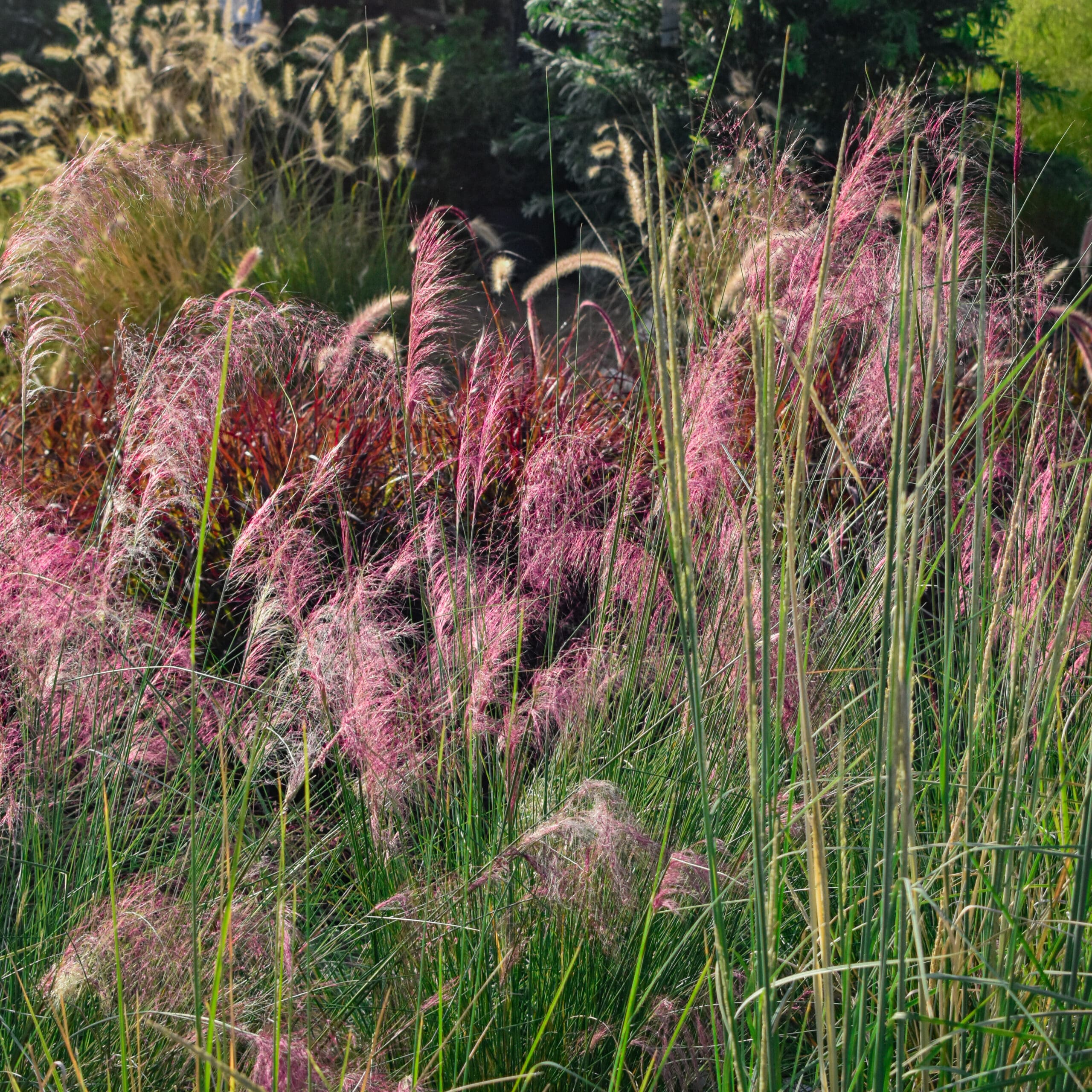
So many of us are rethinking our landscapes after 3 freeze years in a row. The most common question we’re hearing so far this spring is, “what can I plant that won’t freeze?”. We love this idea – creating the bones of your landscape with cold-hardy trees, shrubs, and blooming perennials that won’t be phased too much when our temps dip down. Think about classic shrubs like Indian Hawthorn or Dwarf Yaupon Holly. Think about Foxtail Ferns and Leopard plants. Think about ornamental grasses and salvias. And think about our wide variety of native plants. They’ve weathered freezes in Texas for hundreds or even thousands of years! Once you have some good bones, add seasoning with annual flowers and tropicals that you can have fun updating and replacing more often.
6. Lay Out Your Space – Give Plants Room to Grow!
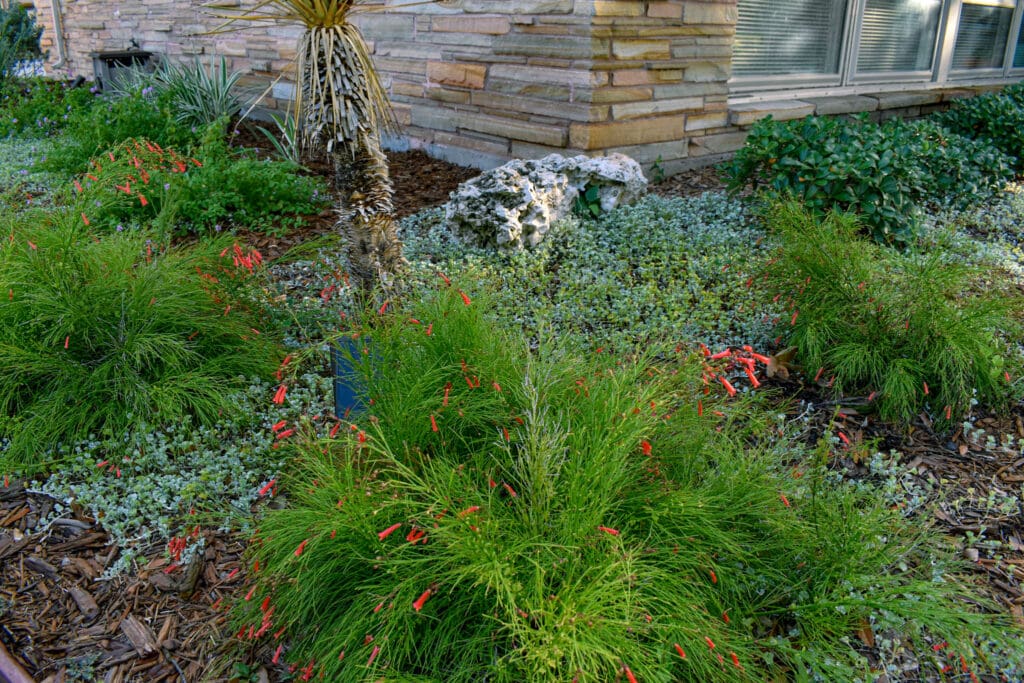
A little planning goes a long way in the garden. Keep in mind the mature size and growth habit of plants you find here at Gill’s. We include this information on our plant signs to help you decide on that perfect spot. If you bring pictures of your planting areas with rough measurements, our Garden Coaches can sketch up a simple layout on graph paper and help you select plants that will thrive in your space, compliment each other, and not be too crowded once they’re fully grown.
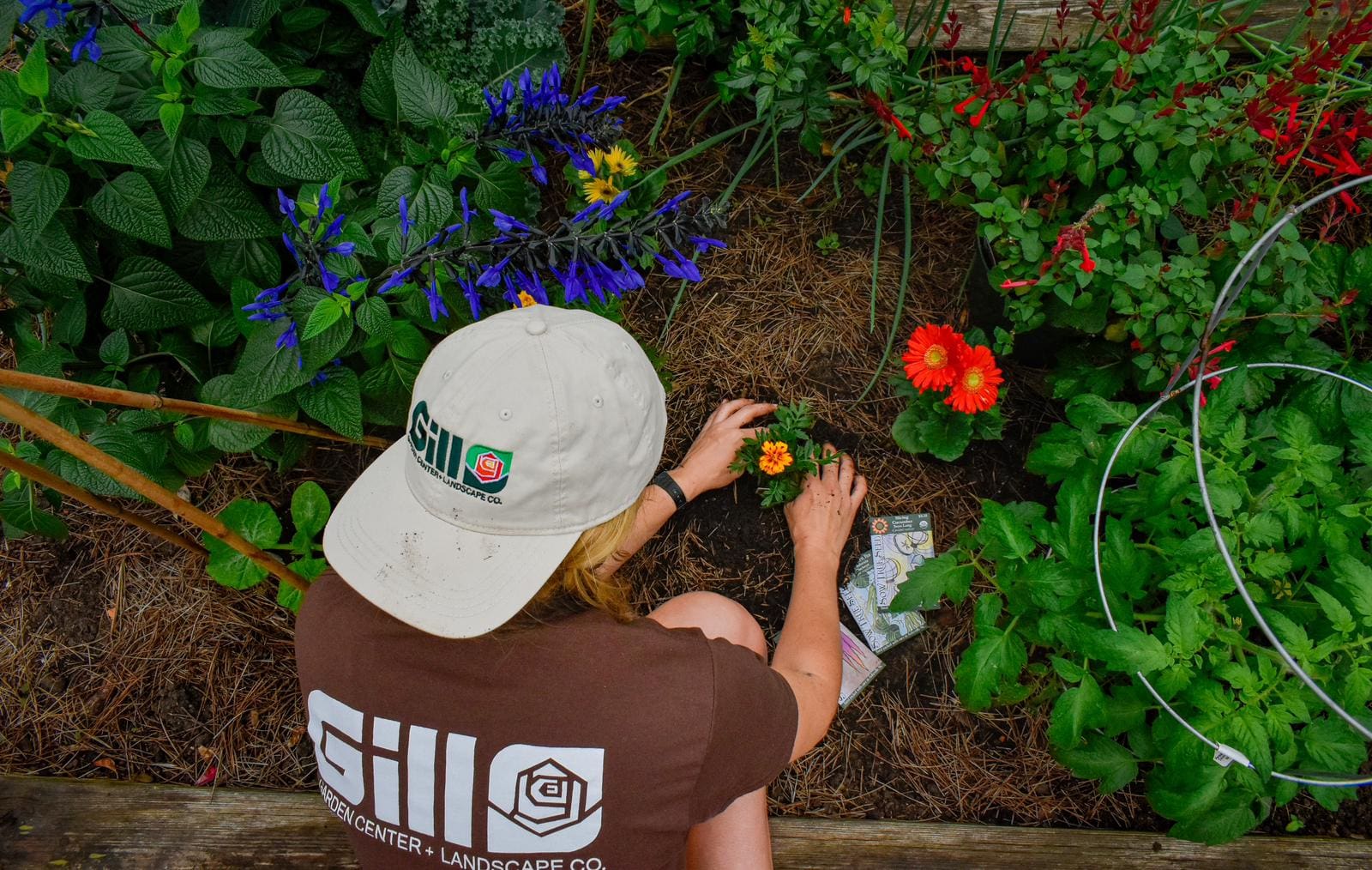


Reader Interactions